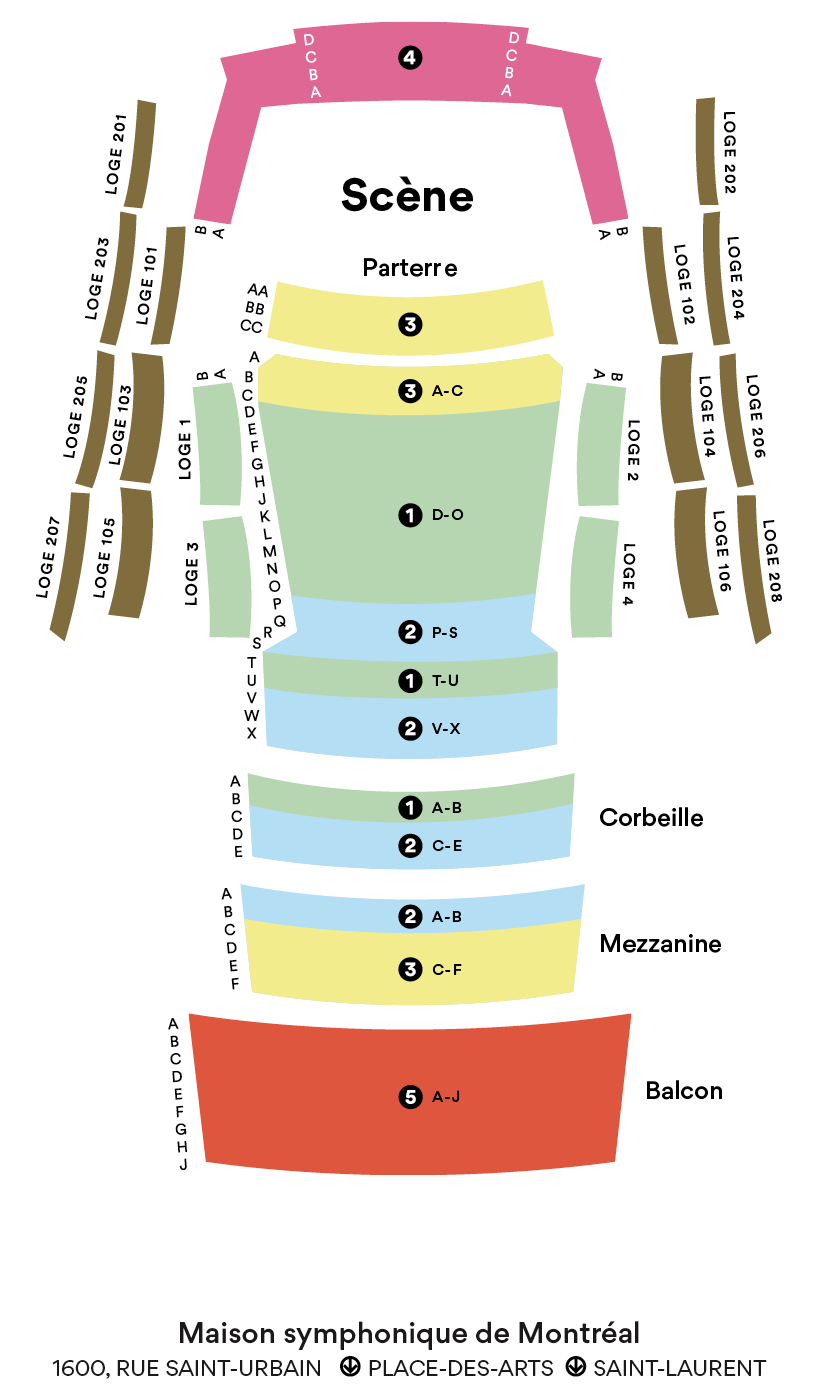Symphony No. 3 in C minor
Florence Price
1887 – 1953
The origin of Florence Price’s current fame can be traced back to 2009, when a large number of her manuscript scores were found in an abandoned country house near Chicago that once belonged to her. Despite a prolific career, she had fallen into near total obscurity. Born Florence Beatrice Smith in Little Rock, Arkansas, in 1887, she began learning the piano from her mother and later enrolled at the New England Conservatory of Music in Boston, where she studied piano, organ and musical education and took private composition courses from George Chadwick, who would long be a mentor. Returning to the Deep South of her birth, she taught for a while in Little Rock and at Clark Atlanta University, an Afro-American institution, despite having her application for membership in the Arkansas Music Teachers Association rejected, among other annoyances. In 1912, she married lawyer Thomas J. Price, whose name she would keep after their divorce in 1931.
The family soon moved to Chicago where, in a more supportive social and artistic climate, her First Symphony was premiered in 1933 by the Chicago Symphony Orchestra, the first symphony by a black woman to be performed by a major American orchestra. Price was very active, especially in the National Association of Negro Musicians, and received the occasional honour but struggled to have her compositions performed due at least as much to her sex as to the colour of her skin. Her work is abundant and in every genre. Though it derives from the post-romantic European tradition – Dvořák’s influence is strongly felt – it also draws on spirituals (Leontyne Price and Marian Anderson, among others, would sing her arrangements) and displays a very personal sensibility.
Commissioned in 1938 by the Works Progress Administration’s Federal Music Project, part of the New Deal, Price’s Symphony No. 3 in C minor makes less use of Afro-American folk themes than the First Symphony but does so more skillfully. After an almost Wagnerian-sounding brass prelude, the first movement briefly presents an impetuous theme that alternates with more lyrical passages involving all the desks. The Andante ma non troppo combines a very romantic treatment with recollections of spirituals. The following Juba is a dance brought from Africa by former slaves, with a syncopated rhythm, leaps, tapping and clapping (slaves were not allowed to use drums) that Price handles in a somewhat smiling manner, with rare and colourful percussive effects. The symphony concludes with a lively, joyful Scherzo.
© François Filiatrault 2023
Translation © Craig Schweickert
